Arm Swelling: How to Reduce Swelling in Your Arm
Read More
From understanding the causes to understanding the treatments, get all of your cellulitis & edema questions answered through our cellulitis & edema resource hub. Explore our cellulitis & edema resources below to find the exact information you need.
Read More
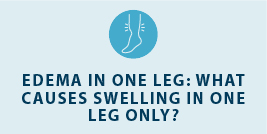
Edema can affect any part of the body, but in some cases, it may only present itself in one leg. Edema in one leg is typically caused by a localized injury or lymphatic malformation that leads to swelling. Swelling in one leg can cause discomfort and affect your daily life, but getting a diagnosis and treatment plan can help you get relief.
Read More
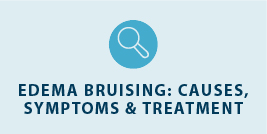
Edema can lead to several symptoms, including edema bruising. People with edema typically bruise more easily, and those bruises may be accompanied by pain. Understanding the symptoms of edema and how to manage chronic swelling can help you control your symptoms and prevent complications.
Read More

If you’re living with edema, finding ways to reduce and manage the symptoms of edema is one of the most important things that you can do. Dietary changes can be an effective tool for managing edema symptoms. Reducing your sodium intake is the primary focus reduce the effects of edema. A protein and fiber-rich diet may also help improve edema symptoms for some people. If you want to learn more about the ideal diet to control edema, read on.
Read More
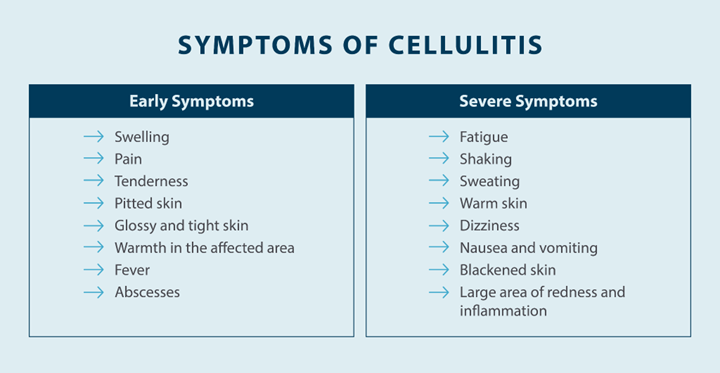
Cellulitis is a bacterial skin infection that can occur anywhere on the body. Left untreated, cellulitis can lead to further health complications, which is why finding treatment early on is essential. Cellulitis can be caused by a wide range of factors, such as cuts and wounds from surgery. If you’re at risk of developing cellulitis, it’s important to be informed of the causes, symptoms, and treatment of this infection. In this post, we’ll provide an in-depth cellulitis definition, along with information on cellulitis symptoms, what causes cellulitis, treatment options, and more.
Read More
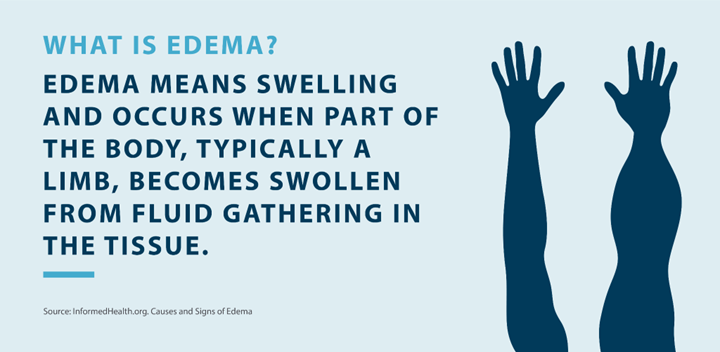
Edema is a condition that occurs when fluid builds up in the tissue of your body. In most cases, edema doesn’t pose any health risks if managed, but what happens if edema is left untreated? Edema left untreated can continue to get worse, leading to increased swelling, blisters, and more. Visiting a doctor for edema treatment is important, especially if you haven’t attempted to find treatment options.
Read More
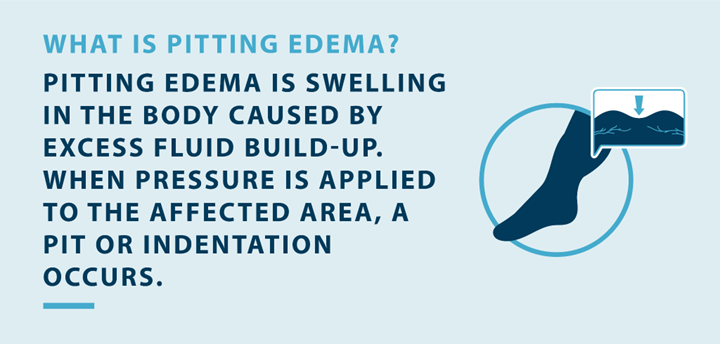
Pitting edema is a condition where an indentation, or pit, is left on the skin when sustained pressure is applied to an area of a person’s body that’s affected by edema. Fortunately, there are treatment options for people that present with pitting edema that can help provide relief and reduce swelling that’s associated with this condition.
Read More

Complete decongestive therapy (CDT) is a treatment for lymphedema, edema, and similar conditions where swelling is present. Unlike other types of treatment for lymphedema, complete decongestive therapy doesn’t refer to a single treatment method. Instead, CDT combines several different treatment methods to help stimulate the lymphatic system and relieve the pain, swelling, and other symptoms that may be present with lymphedema.
Read More
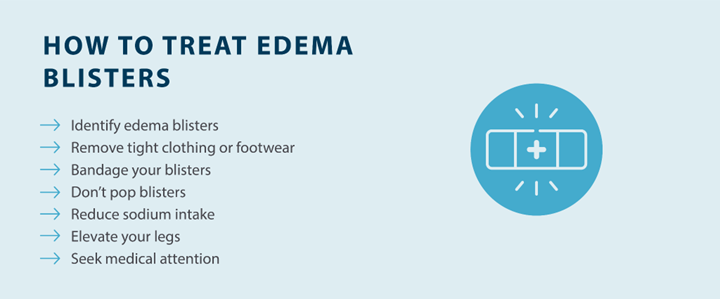
Edema blisters can be painful and make simple aspects of life more difficult. These blisters are caused by a buildup of fluid underneath the skin, which can eventually lead to the skin in the blistered area to break and release that fluid. While this is more common in the elderly and people who are less mobile, edema blisters can occur in any patient with swelling.
Read More
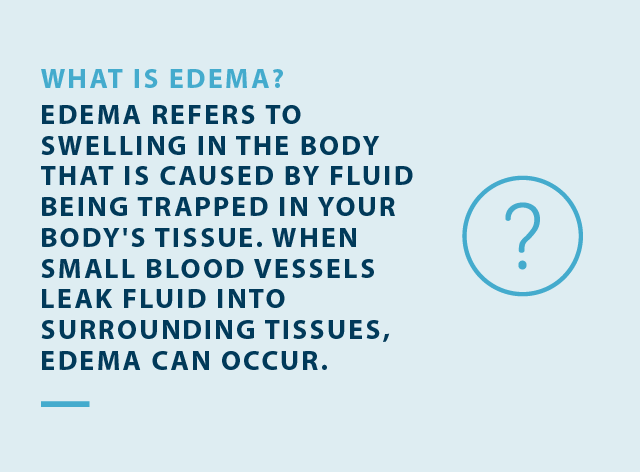
Edema after surgery is common, as swelling is a natural reaction. Learn how to manage swelling after surgery here.
Read More

Measuring edema can help you get an accurate diagnosis. Learn how edema assessments are performed, along with treatment and other information, here.
Read More

Subcutaneous edema occurs in the deepest layer of skin and can cause swelling and other symptoms. Learn more about subcutaneous edema in this guide.
Read More
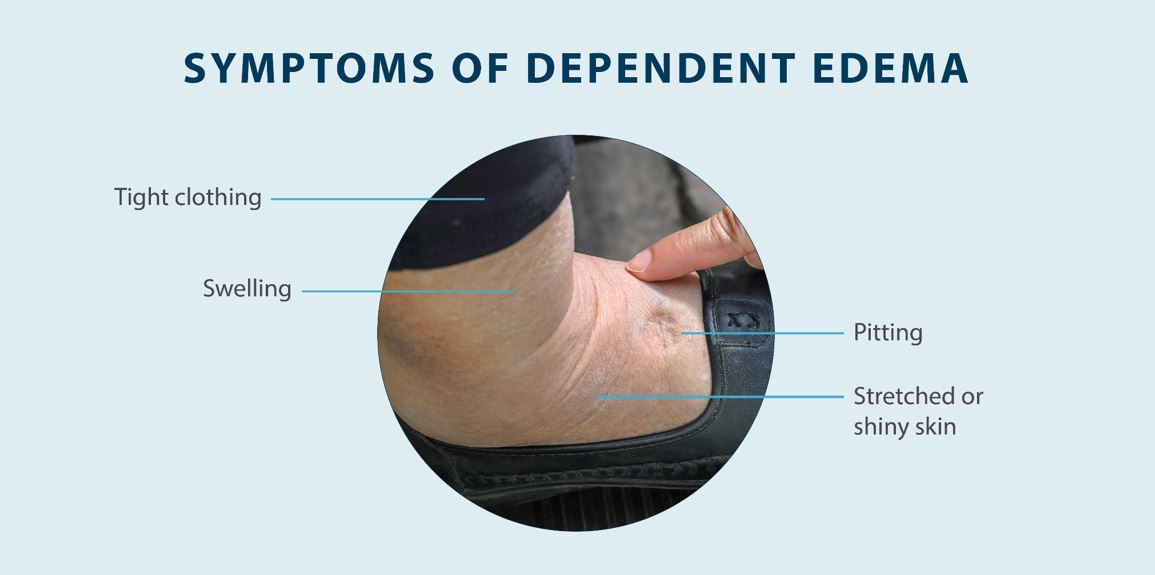
Dependent edema occurs in areas of the body influenced by gravity, like the legs & arms. Learn more about dependent edema symptoms, causes & more in this guide.
Read More